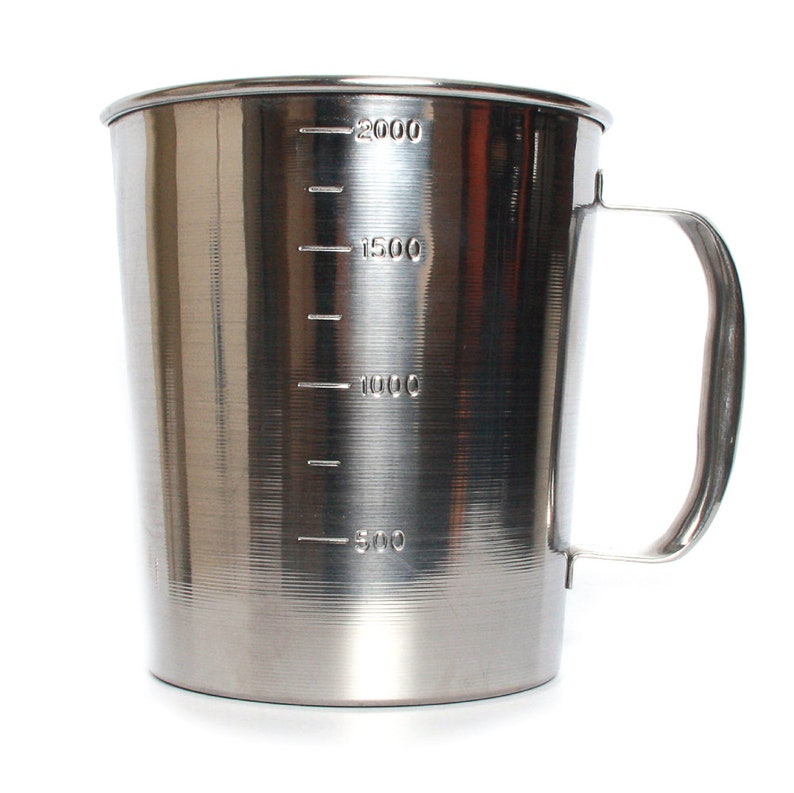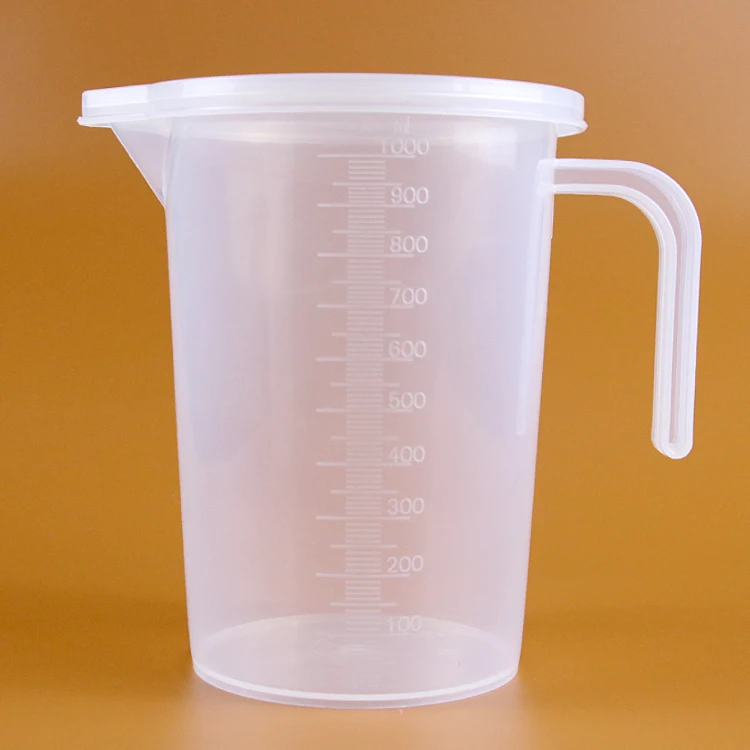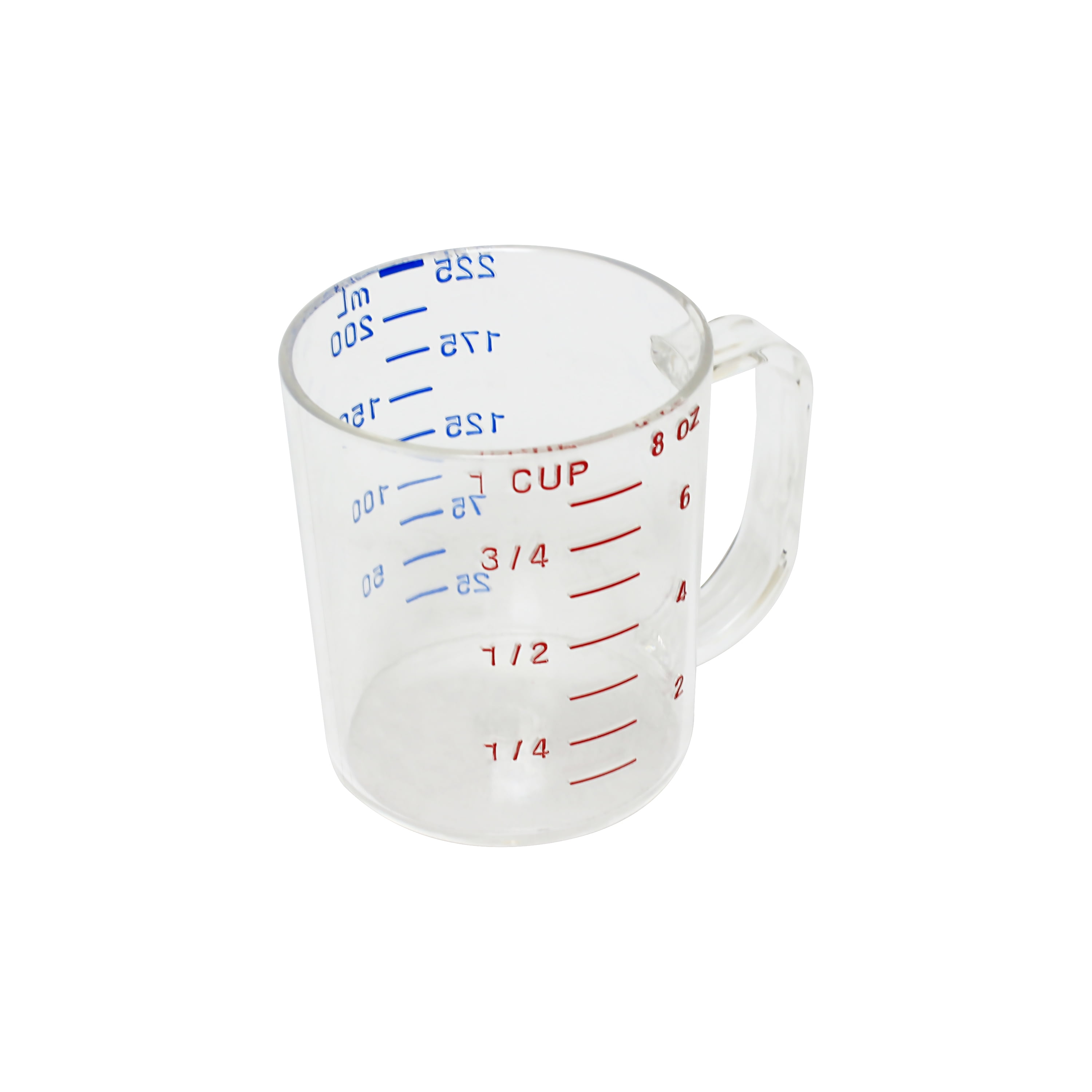
Then, in 1979, the organization used the uppercase letter L as the optional symbol for the liter. Decades later, in 19, this committee revised the meaning of this unit based on new standards.

In 1879, the International Committee for Weights and Measures used the lowercase character for the letter l as the shorthand for the liter. The meaning of the units meter and kilogram have also changed since then. But, since then, scientists have used new sources and standard materials to define the liter. This equivalence makes a one-liter container of water almost have the mass of a kilogram. They initially called the measurement “cadil,” according to the Metiers Art Museum.ĭuring that century, experts based the liter on the mass of zero-degree water in a container. In 1975, they adopted the “litron,” an old Byzantine-Greek unit for weight, as the standard for volume. The origins of the literĪfter the French Revolution, scientists and mathematicians from France developed standard measurements that would help their nation.

Because of this, in 1964, the current standard got established. They also pointed out that water’s properties can change based on the room and its purity. The International Prototype of the Kilogram took this definition as the standard for mass.īut chemists later realized that this substance has a tiny inconsistency-it is larger by 0.000028. Scientists said that its volume comes on a kilogram of uncontaminated water in a regular room. The liter had a different standard than the basis used today. It is equal to 0.264 gallons, its US counterpart. In other words, a liter is also one thousand cubic centimeters or a cubic decimetre. The International Organization for Standardization defines the liter as the volume of a 100-cubic meter container. As the unit of volume, the liter can get abbreviated as L or l. Volume is also relevant in engineering, chemistry, and biology. Furthermore, it is also spelled “litre” in British English as stated by the International Bureau of Weights and Measures. The liter typically gets used in measuring liquid ingredients and chemicals. Now that you know the basic conversion of cups to millimeters, you will learn about the liter’s history and scientific background.

03 liters is equal to 5.3733 bottles or 27.25 glasses.02 liters is equal to 5.36 bottles or 27.19 glasses.01 liters is equal to 5.3467 bottles or 27.12 glasses.Four liters is equal to 33 bottles or 27.05 glasses.Typically, liters may get estimated into bottles and cups: Four liters is the equivalent of 26 fluid ounces.Three liters is the equivalent of 44 fluid ounces.Two liters is the equivalent of 63 fluid ounces.One liter is the equivalent of 81 fluid ounces.Liters may convert into fluid ounces this way:



 0 kommentar(er)
0 kommentar(er)
